Walk through the apparel sections of sporting goods stores like Dicks or Modell's, and you'll see stuff by Under Armour displayed front and center. The company's famous moisture-wicking fabric is stretched over imposing, muscled mannequins, and is festooned with similarly imposing price tags. T-shirts start at $20 and run up to $60 with all the bells and whistles, and even a plain polo shirt can cost $50.
Seeking to cheat the system, I looked on eBay for some Under Armour sweatpants a couple of months ago, and found they weren't much cheaper than what I would have to pay in stores. Moreover, the selection on eBay was poor. Given that eBay is the ultimate litmus test for how well a company controls its channels, Under Armour is master of its retail domain.
This is an amazing success story. The company, which started in Maryland in 1996, had sales of just $20 million five years ago. Analysts predict that sales will reach almost $600 million in 2007. The name has such cache among athletes -- pro, amateur, child and hack -- that Under Armour can make inroads into new apparel lines almost at will. For example, it started selling football cleats last year and already has 20% of the market, according to Morningstar. Moves into outdoor clothing and women's clothing plus expansion in Europe lead analysts to forecast sales in excess of $1 billion in 2010.
From just $107.88 $24.99 for Kiplinger Personal Finance
Become a smarter, better informed investor. Subscribe from just $107.88 $24.99, plus get up to 4 Special Issues

Sign up for Kiplinger’s Free Newsletters
Profit and prosper with the best of expert advice on investing, taxes, retirement, personal finance and more - straight to your e-mail.
Profit and prosper with the best of expert advice - straight to your e-mail.
As rugged as its gear is, though, Under Armour's stock seems as delicate as a hot-house flower. On June 20, after UBS analyst Jeffrey Edelman initiated coverage with a "buy" rating, the stock soared almost a buck a share. It ended the day at $46.35, up 53 cents a share, a solid showing in a weak market. Other analyst reports have moved the stock up and down significantly.
The stock is unstable because it's so expensive relative to the company's profits. With analysts expecting earnings of 95 cents per share this year, the stock (symbol UA) trades at 49 times earnings. On next year's average estimate of $1.25 a share, the P/E is 31. So any news, good or bad, will easily fan the fires of greed or fear.
And there's a lot to be greedy and fearful of. Although Under Armour is likely to continue to generate strong sales growth, a couple of factors could sink profitability. Advertising costs to keep Under Armour mania hot sometimes knock down profits unexpectedly, as happened in the first quarter of 2007. And anyone can make the basic fabric that makes Under Armour special -- the technology isn't patented.
I ended up buying the Nike version of moisture-wicking sweatpants on eBay for $15 less than the price tag on the Under Armour brand. Under Armour's entire marketing budget is a rounding error for a company such as Nike, which had sales of more than $16 billion for its fiscal year that ended in May. If Nike gains traction in its battle against Under Armour, expect to see Under Armour's fat profit margins shrink steadily.
Profit and prosper with the best of Kiplinger's advice on investing, taxes, retirement, personal finance and much more. Delivered daily. Enter your email in the box and click Sign Me Up.

-
 Estate Tax Quiz: Can You Pass the Test on the 40% Federal Rate?
Estate Tax Quiz: Can You Pass the Test on the 40% Federal Rate?Quiz How well do you know the new 2026 IRS rules for wealth transfer and the specific tax brackets that affect your heirs? Let's find out!
-
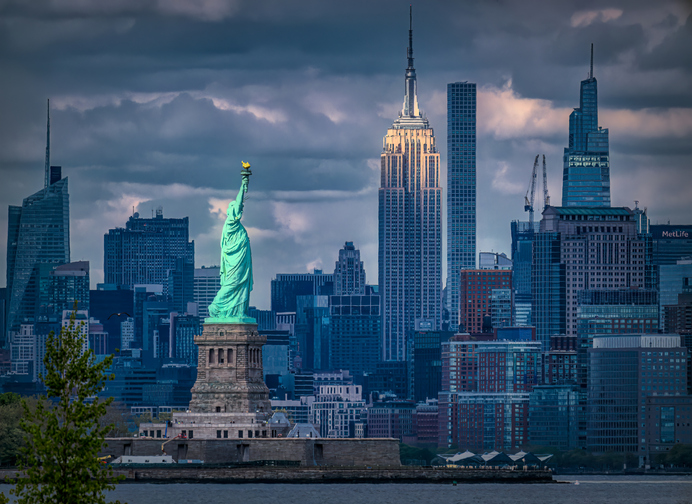 'The 'Mamdani Effect' in New York: Can the City Afford a Millionaire Tax?
'The 'Mamdani Effect' in New York: Can the City Afford a Millionaire Tax?State Tax Will higher income taxes drive the wealthy to flee New York in 2026?
-
 The November CPI Report Is Out. Here's What It Means for Rising Prices
The November CPI Report Is Out. Here's What It Means for Rising PricesThe November CPI report came in lighter than expected, but the delayed data give an incomplete picture of inflation, say economists.
-
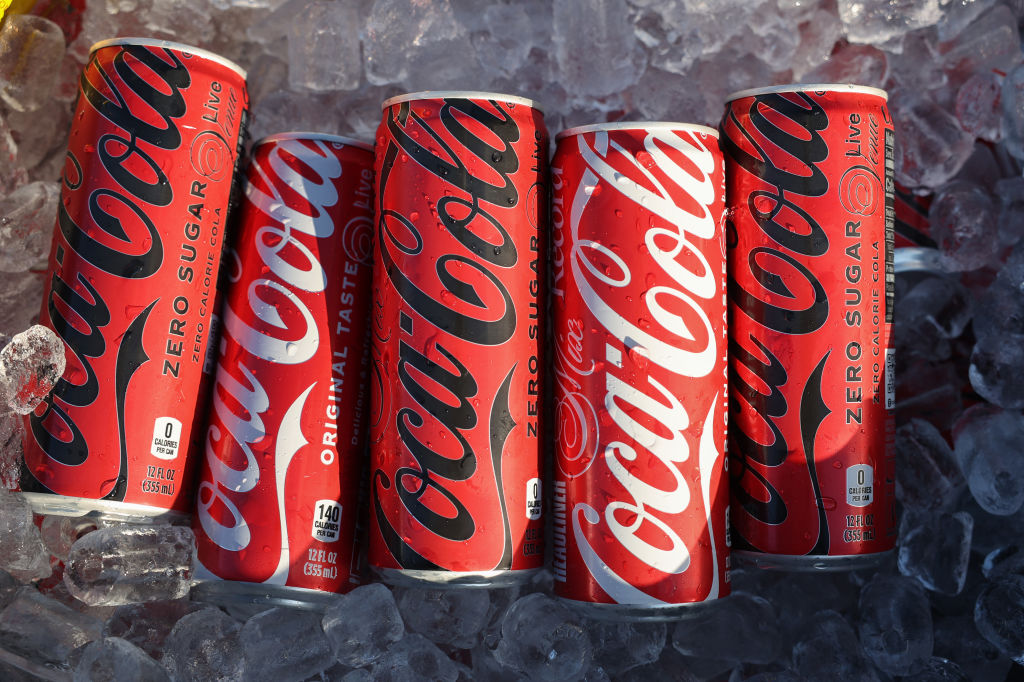 If You'd Put $1,000 Into Coca-Cola Stock 20 Years Ago, Here's What You'd Have Today
If You'd Put $1,000 Into Coca-Cola Stock 20 Years Ago, Here's What You'd Have TodayEven with its reliable dividend growth and generous stock buybacks, Coca-Cola has underperformed the broad market in the long term.
-
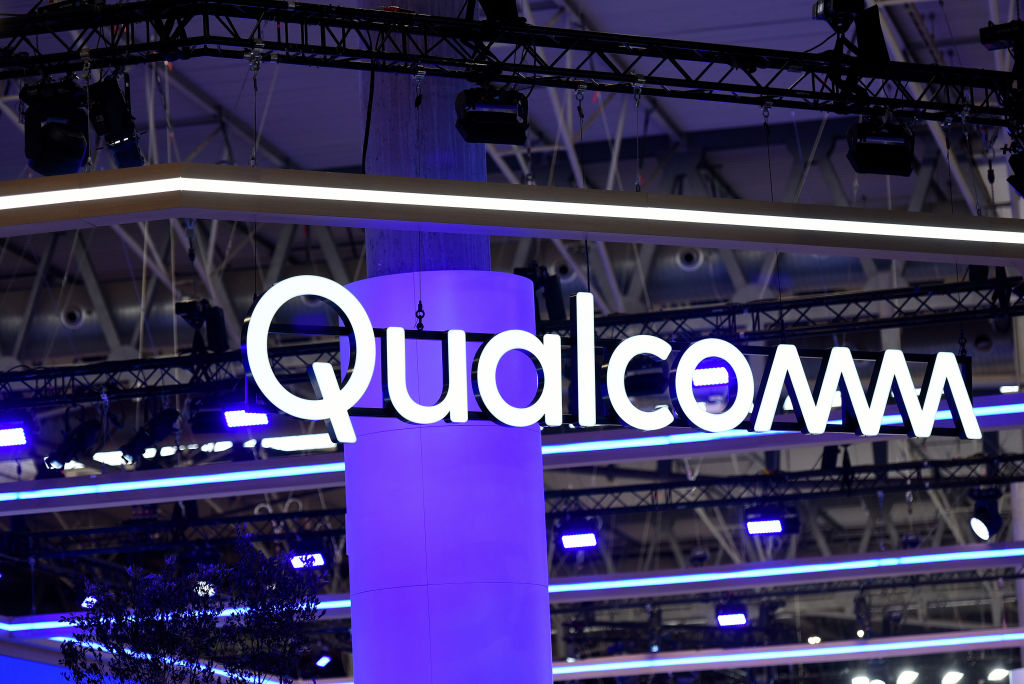 If You Put $1,000 into Qualcomm Stock 20 Years Ago, Here's What You Would Have Today
If You Put $1,000 into Qualcomm Stock 20 Years Ago, Here's What You Would Have TodayQualcomm stock has been a big disappointment for truly long-term investors.
-
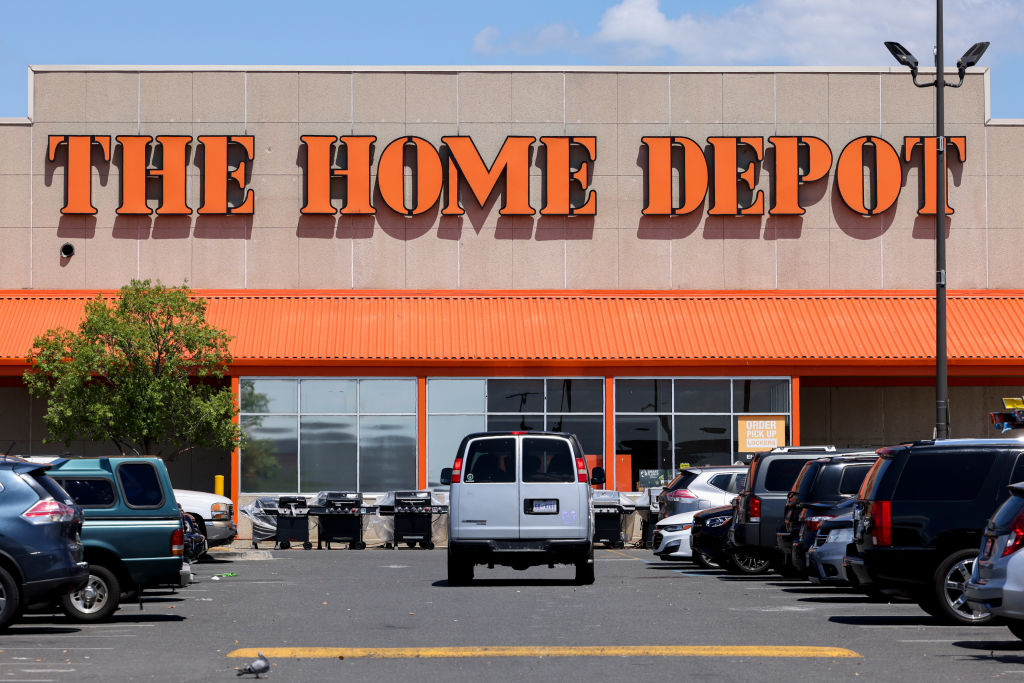 If You'd Put $1,000 Into Home Depot Stock 20 Years Ago, Here's What You'd Have Today
If You'd Put $1,000 Into Home Depot Stock 20 Years Ago, Here's What You'd Have TodayHome Depot stock has been a buy-and-hold banger for truly long-term investors.
-
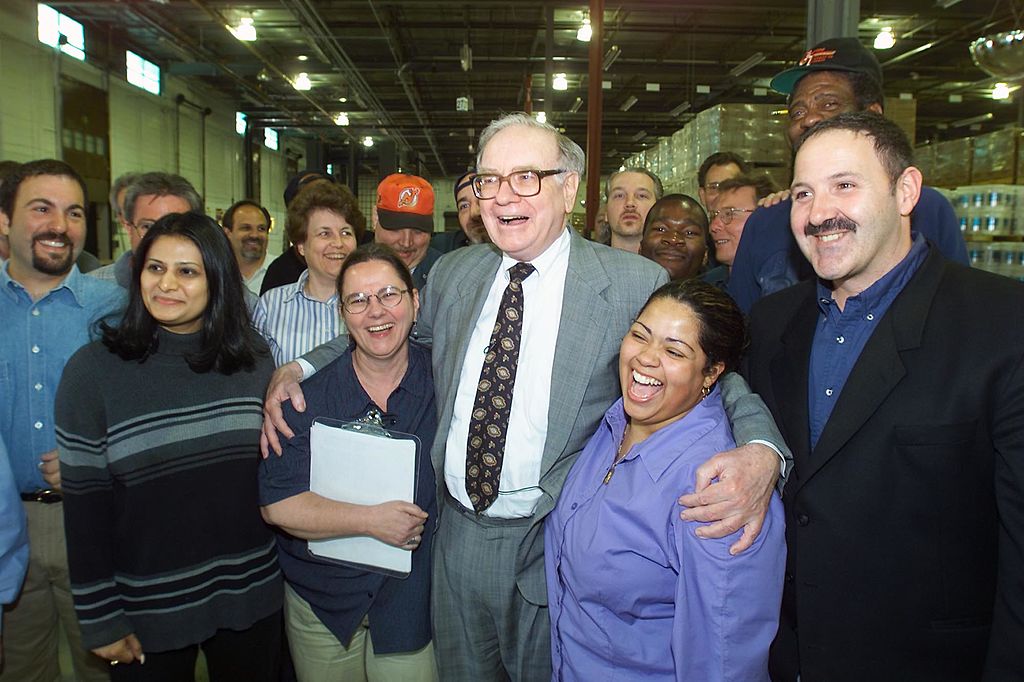 What the Rich Know About Investing That You Don't
What the Rich Know About Investing That You Don'tPeople like Warren Buffett become people like Warren Buffett by following basic rules and being disciplined. Here's how to accumulate real wealth.
-
 If You'd Put $1,000 Into Bank of America Stock 20 Years Ago, Here's What You'd Have Today
If You'd Put $1,000 Into Bank of America Stock 20 Years Ago, Here's What You'd Have TodayBank of America stock has been a massive buy-and-hold bust.
-
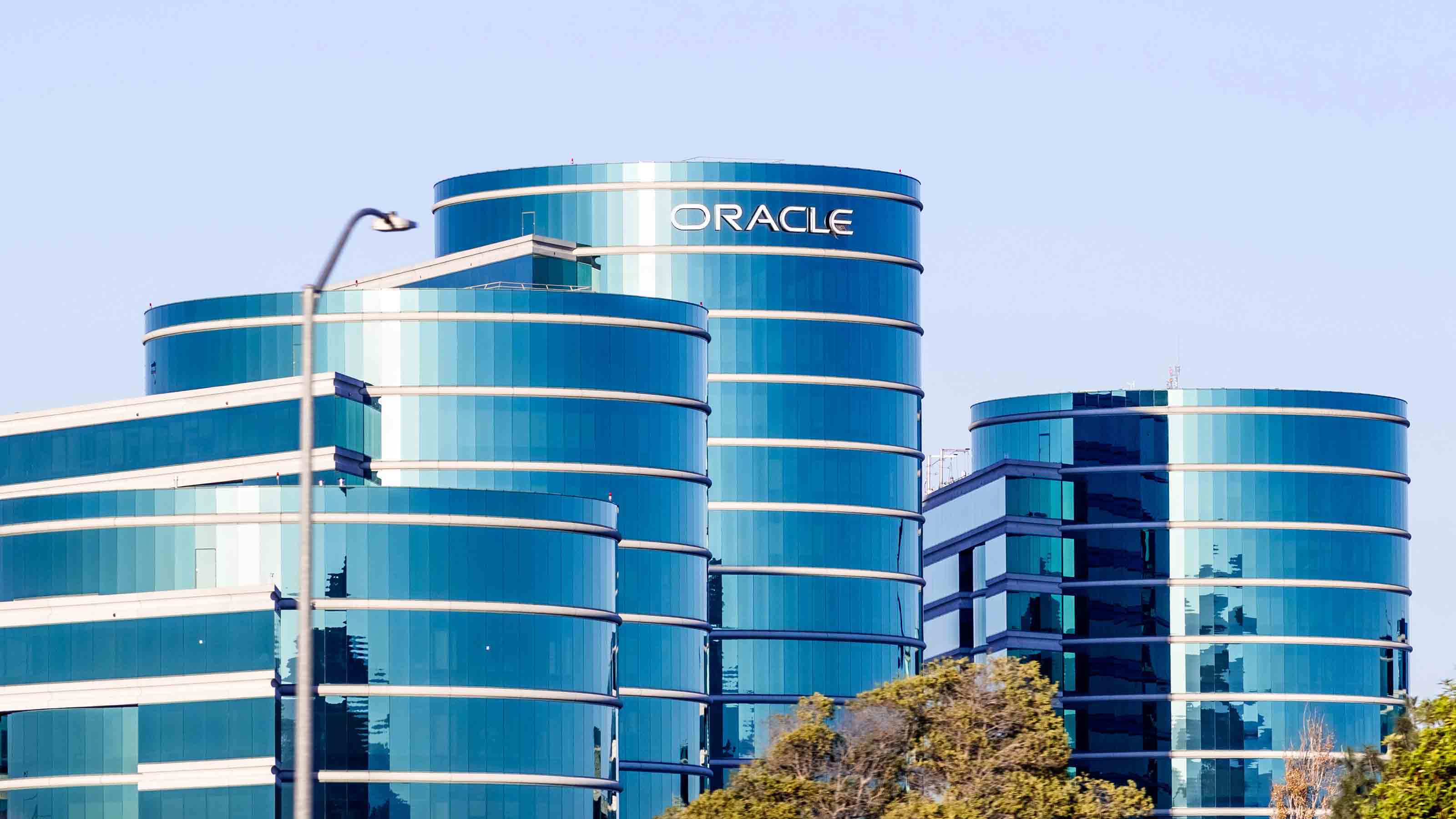
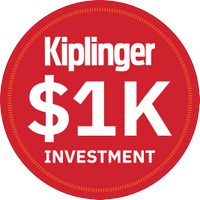 If You'd Put $1,000 Into Oracle Stock 20 Years Ago, Here's What You'd Have Today
If You'd Put $1,000 Into Oracle Stock 20 Years Ago, Here's What You'd Have TodayORCL Oracle stock has been an outstanding buy-and-hold bet for decades.
-
 How to Invest for Rising Data Integrity Risk
How to Invest for Rising Data Integrity RiskAmid a broad assault on venerable institutions, President Trump has targeted agencies responsible for data critical to markets. How should investors respond?
-
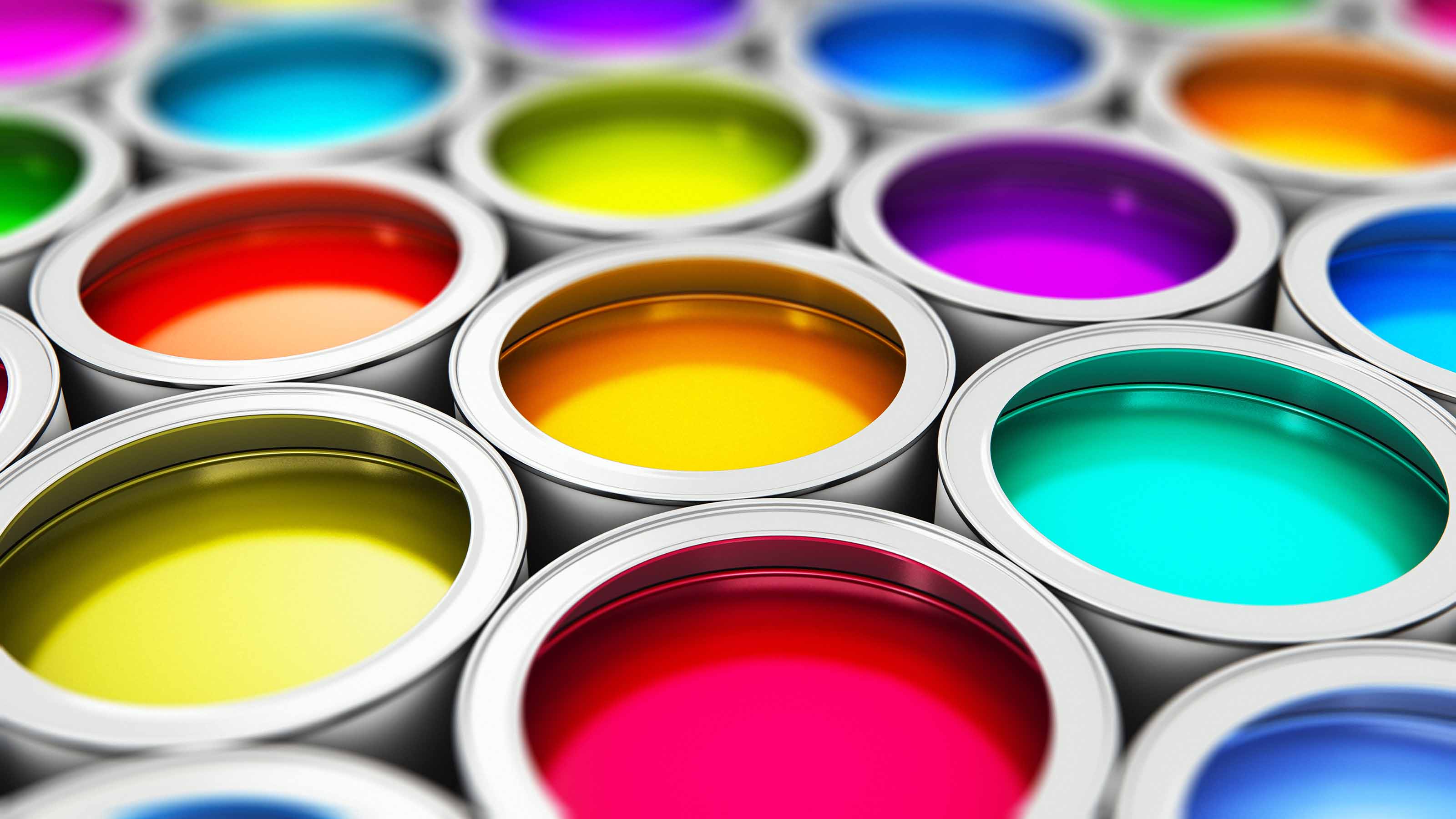 If You'd Put $1,000 Into Sherwin-Williams Stock 20 Years Ago, Here's What You'd Have Today
If You'd Put $1,000 Into Sherwin-Williams Stock 20 Years Ago, Here's What You'd Have TodaySherwin-Williams stock has clobbered the broader market by a wide margin for a long time.
